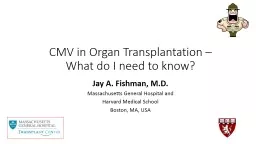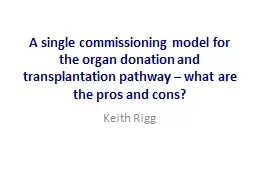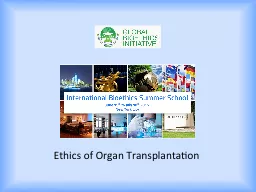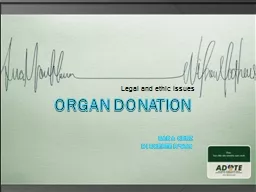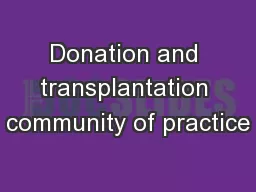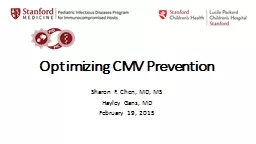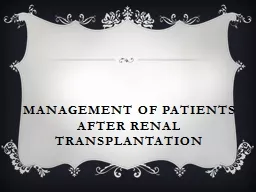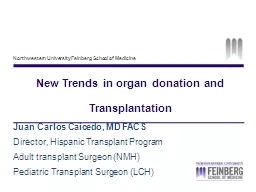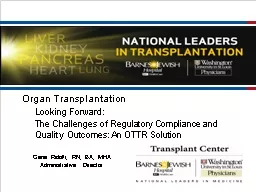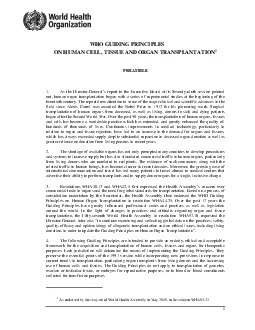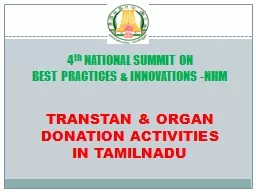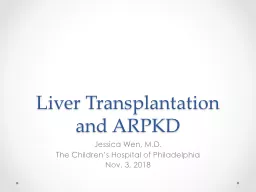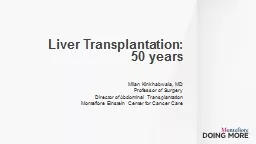PPT-CMV in Organ Transplantation –
Author : alida-meadow | Published Date : 2020-04-04
What do I need to know Jay A Fishman MD Massachusetts General Hospital and Harvard Medical School Boston MA USA Viruses may be dangerous Key Concepts Broad
Presentation Embed Code
Download Presentation
Download Presentation The PPT/PDF document " CMV in Organ Transplantation – " is the property of its rightful owner. Permission is granted to download and print the materials on this website for personal, non-commercial use only, and to display it on your personal computer provided you do not modify the materials and that you retain all copyright notices contained in the materials. By downloading content from our website, you accept the terms of this agreement.
CMV in Organ Transplantation – : Transcript
Download Rules Of Document
" CMV in Organ Transplantation – "The content belongs to its owner. You may download and print it for personal use, without modification, and keep all copyright notices. By downloading, you agree to these terms.
Related Documents

